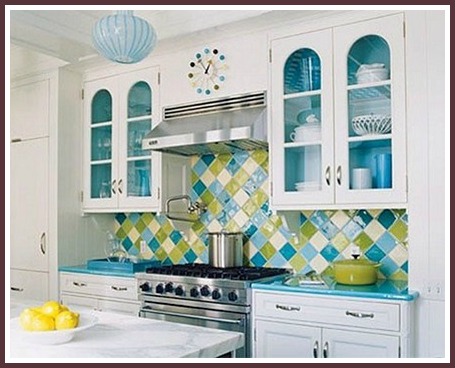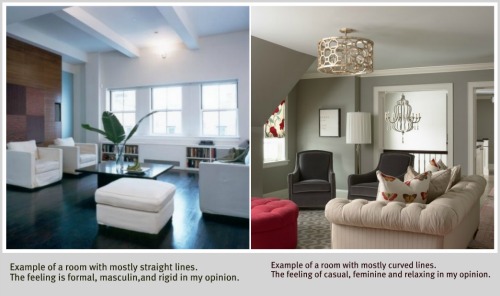Have you noticed the lines in your home lately?
What in the world does that mean, you ask? Allow me to explain. My daughter, a second grader, had a math homework assignment to find objects in our home that are rectangular in shape. We walked around the house identifying rectangles, circles, squares and even traingles. That was a really fun exercise because we are so used to seeing objects as themselves, not as shapes or even lines that form them.
In drawing 101, we were given an upside down portrait of Igor Stravinsky to copy. We were encouraged to avoid “mentally” naming the parts of the portrait such as head, shoulders , fingers, eyes, etc. We only had to focus on the lines, their direction and how they meet together. We were not supposed to turn our drawing right side up until we were done copying all the lines.
This was a challenging exercise that teaches artists to “see” deep into what they are drawing by shifting their brain to the R-mode, the brain’s visual system. Interior designers are also trained to “see” the lines in spaces and objects and are taught how to combine lines to form a cohesive, balanced and synchronized space.
There are two types of lines, straight and curved. Straight lines can be…..
Vertical : add a sense of height and formality to a space
Horizontal : add width and a sense of relaxation to a space.
Diagonal : add a sense of movement which can be attention grabbing. Notice the diagonal lines in the backsplash.
Curved lines soften straight lines. Notice how the curved lines in the flower, mirror and lamp shade soften the mostly straight lines in the room below.
Lines affects the overall feel in a room depending on which lines you choose to use the most.
Take a look at the following spaces. What do you feel when you see each room? Examine the lines used, what is the dominant line in each space?
Designer: Peter Tow & Designer: Martha O’Hara
So….Have you noticed the lines in your home lately?
It is not a weird question after all! 🙂







Leave a Reply